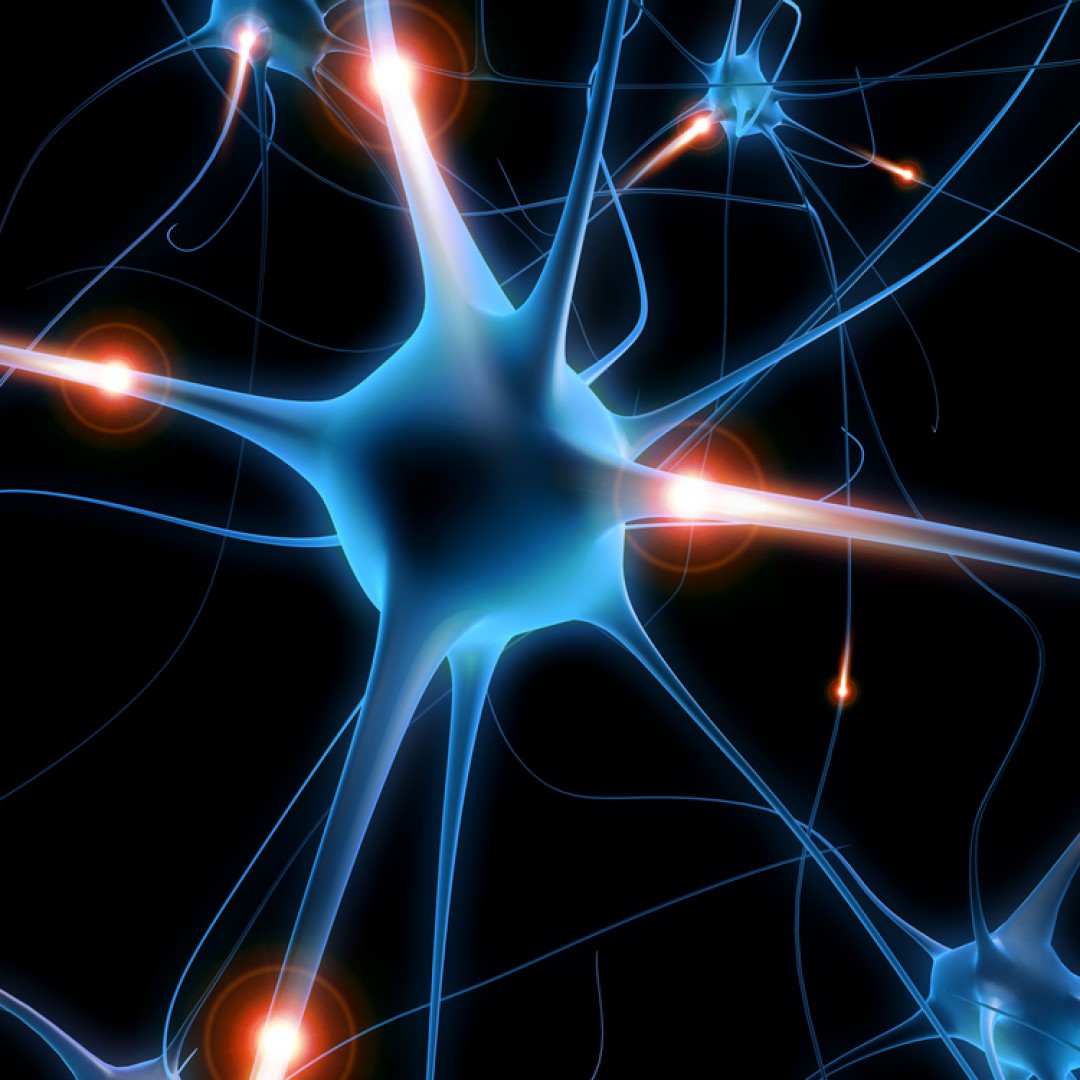
UMass Engineers Create First Artificial Neurons That Could Directly Communicate With Living Cells
On Sept. 30, 2025, a team of engineers at the University of Massachusetts Amherst announced the creation of an artificial neuron with electrical functions that closely mirror those of biological ones. Building on their previous groundbreaking work using protein nanowires synthesized from electricity-generating bacteria, the team’s discovery means that we could see immensely efficient computers built on biological principles which could interface directly with living cells.
The human body is over 100 times more electrically efficient than a computer’s electrical circuit. The human brain is composed of billions of neurons, specialized cells that send and receive electrical impulses all over the body. While it takes only about 20 watts for your brain to, say, write a story, a LLM might consume well over a megawatt of electricity to do the same task.
While electrical and computer engineers have long been interested in using artificial neurons as the circuitry for more efficient computers, the problem has always been how to keep their voltage low enough. “Previous versions of artificial neurons used 10 times more voltage—and 100 times more power—than the one we have created,” says Jun Yao, associate professor of electrical and computer engineering at UMass Amherst and the paper’s senior author. That means that previous attempts at creating artificial neurons weren’t all that efficient, nor could they plug directly into living neurons, which would be frightened by the increased amplitude.
There are a wide range of applications for Fu and Yao’s new neuron, from redesigning computers along bio-inspired, and far more efficient principles, to electronic devices that could speak to our bodies directly.
The secret ingredient in the team’s new low-powered neuron is a protein nanowire synthesized from the remarkable bacteria Geobacter sulfurreducens, which also has the superpower of producing electricity. Yao, along with various colleagues, have used the bacteria’s protein nanowires to design a whole host of extraordinary efficient devices: a biofilm, powered by sweat, that can power personal electronics; an “electronic nose” that can sniff out disease; and a device, which can be built of nearly anything, that can harvest electricity from thin air itself.
Tags:
Source: University of Massachusetts Amherst
Credit:
